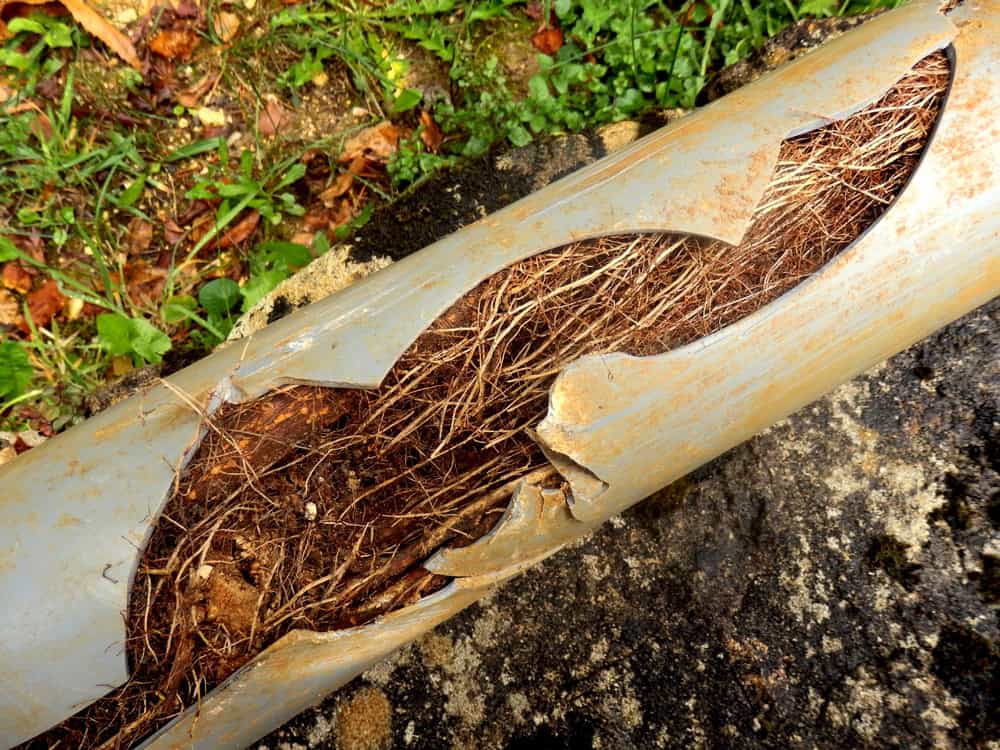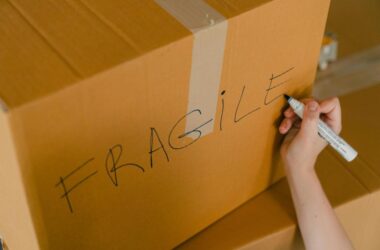Sewer line inspections might not be at the top of your home maintenance checklist, but they play a pivotal role in keeping your plumbing system in tip-top shape.
Just like checking your car’s oil or rotating tires, maintaining your sewer line is crucial for avoiding costly repairs and potential damage to your property.
In this article, we’ll explore how often you should inspect your sewer line and the factors that can influence this frequency.
The Basics of Sewer Line Inspections
Sewer line inspections involve evaluating the condition of your home’s sewer system. This process can reveal blockages, cracks, or other issues that could lead to serious problems down the road.
The inspection is typically performed using a camera that provides real-time visuals of the inside of the pipes. This non-invasive method allows professionals to identify potential trouble spots with minimal disruption to your daily life.
When to Schedule Routine Inspections
Generally speaking, most plumbing experts recommend inspecting your sewer line every 1 to 3 years. This timeframe allows for early detection of any issues without overwhelming your budget.
Scheduling inspections more frequently may be necessary if you notice any unusual signs, such as slow drains, foul odors, or frequent backups.
Signs That Indicate It’s Time for an Inspection
Paying attention to your plumbing can save you a lot of future headaches. If you notice any of the following issues, it’s wise to schedule an inspection sooner rather than later:
Slow Drains: If water is lingering in sinks or bathtubs, it might be more than just a simple clog.
Unpleasant Odors: Foul smells in your home or yard can indicate sewer gas issues.
Frequent Backups: If your toilets or drains back up regularly, there could be a significant blockage.
These signs often point to larger underlying problems that may not resolve on their own. Ignoring them can lead to more severe damage and hefty repair bills.
Factors Affecting Inspection Frequency
While the general recommendation is every 1 to 3 years, several factors can influence how often you may need to inspect your sewer line.
Age of Your Home
Older homes often have aging plumbing systems that may be more prone to deterioration. If your home is over 50 years old, having your sewer line inspected every year could be a prudent choice.
Older pipes can corrode, crack, or accumulate debris over time. A norfolk plumber can assist in assessing the condition of your older pipes and provide advice on how often to schedule inspections.
Tree Roots

If you have large trees near your home, their roots may invade sewer lines in search of water. This can lead to blockages and damage.
If your property has a history of tree root intrusion, more frequent inspections may be warranted. A proactive approach can help you catch root issues before they escalate.
Usage Patterns
The way you use your plumbing can also dictate inspection frequency. For example, if you have a large family or frequently host guests, your sewer lines may experience more wear and tear.
In such cases, scheduling inspections every couple of years can help mitigate potential issues.
Recent Renovations
If you’ve recently made significant changes to your home, like adding a bathroom or kitchen, it’s wise to inspect your sewer line.
Renovations can inadvertently disturb pipes, leading to potential issues that may not be immediately evident.
The Inspection Process
Curious about what happens during a sewer line inspection? Here’s a brief overview:
Camera Inspection
A plumbing technician will insert a specialized camera into your sewer line. This camera provides high-definition images of the interior of the pipes.
The technician will look for blockages, damage, and signs of deterioration. This process is quick and doesn’t require any digging.
Assessment of Pipe Material
The technician will also consider the material of your pipes. Clay, PVC, and cast iron all have different lifespans and vulnerabilities. Knowing what type of material you have can guide maintenance decisions.
Report and Recommendations
After the inspection, you’ll receive a detailed report outlining the findings. If any issues are detected, the technician will provide recommendations for repairs or further actions.
This information is valuable for planning maintenance and budgeting for any necessary repairs.
Cost Considerations for Inspections
Financial considerations often come into play when deciding how frequently to inspect your sewer line. Most inspections typically range between $100 to $300, depending on your location and the complexity of the job.
Though it may seem like an added expense, it’s a small price to pay compared to the potential costs of major repairs.
Preventative vs. Reactive Maintenance
Investing in regular inspections is part of a preventative maintenance strategy. By catching issues early, you can avoid the costly consequences of a sewer line failure.
In contrast, waiting until something goes wrong often leads to emergency repairs that can strain your wallet.
Long-Term Maintenance Tips
Inspections are just one aspect of maintaining your sewer line. Here are some additional tips to keep your lines running smoothly:
Be Mindful of What You Flush
It may be tempting to flush anything that seems biodegradable, but not everything belongs in the toilet. Items like wipes, feminine products, and grease can lead to severe blockages.
It’s best to stick to toilet paper and human waste.
Regular Cleaning
Consider scheduling a professional sewer line cleaning every few years. This can help remove built-up debris and prevent blockages. A clean sewer line is less likely to develop serious problems.
Monitor Your Yard
Keep an eye on your yard for any unusual wet spots or cracks, as these could indicate sewer line issues. If you notice these signs, consult a professional immediately.
Install Backflow Prevention
If your home is prone to flooding or heavy rains, a backflow prevention valve can protect your sewer line from contamination. This is especially important in low-lying areas.










